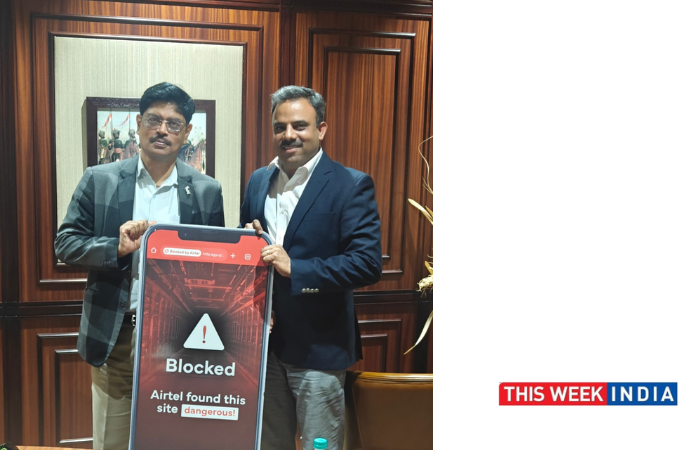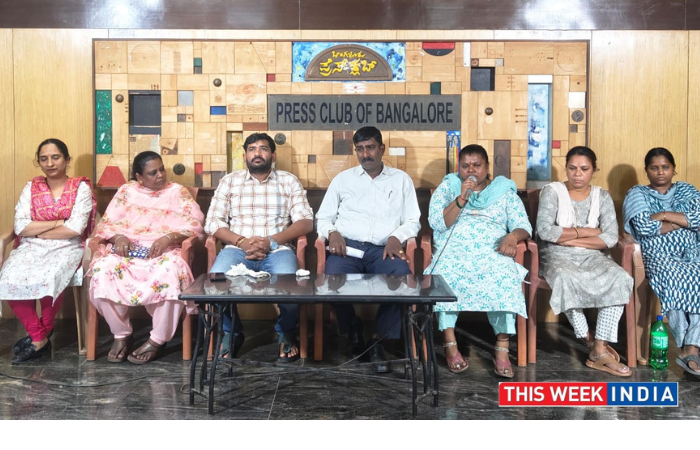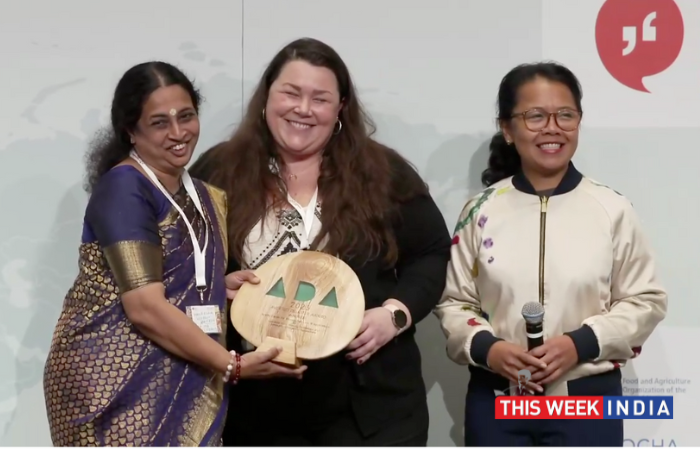Hyderabad May 2021: World Hypertension Day which is celebrated every year on 17th May, globally to create awareness regarding the importance of high Blood Pressure (BP) and Cardiovascular disease among the public.
*This year’s theme* —
Measure Blood Pressure accurately, control it & Live Longer.
This year’s theme focuses on combating low awareness rates worldwide, especially in low to middle income areas and accurate Blood Pressure measurement methods.
What is the Significance of World Hypertension Day?
World Hypertension Day is a day designated and initiated by the World Hypertension League, (WHL) which is itself an Umbrella to organizations of 85 National Hypertension societies and leagues. This day is Initiated to increase awareness of Hypertension.
This day is an important day especially because of the lack of appropriate knowledge among hypertensive patients.
The recommended blood pressures are less than 140/90 mm/Hg for the general population and for the hypertensive population without any complications.
The recommended Blood Pressure for Hypertensive population with diabetes or chronic kidney disease is 130/80 mm/Hg. These are the cut-off values recommended by various International and also Indian Guidelines.
The havoc Uncontrolled BP can do-
Hypertension that is really out of control could lead to a tear in blood vessel. It could lead to swelling in the brain, heart attack, stroke, permanent blindness and contribute to heart failure and kidney failure.
Awareness and diagnosis are key. Many patients can be without any symptoms for years without ever knowing that they have high Blood Pressure. Hence early recognition by at least one BP measurement once every year is a must for all.
Measurement of BP
BP is measured in both arms with an appropriate-sized arm cuff.
Both numbers in a blood pressure reading are important. But after age 50, the systolic reading is even more important. Isolated systolic hypertension is a condition in which the diastolic pressure is normal (less than 80 mm Hg) but systolic pressure is high (greater than or equal to 130 mm Hg). This is a common type of high blood pressure among people older than 65.
Because blood pressure normally varies during the day and may increase during a doctor visit (white coat hypertension), your doctor will likely take several blood pressure readings at three or more separate appointments before diagnosing you with high blood pressure.
Taking your blood pressure at home
Your doctor may ask you to record your blood pressure at home to provide additional information and confirm if you have high blood pressure.
Home monitoring is an important way to confirm if you have high blood pressure, to check if your blood pressure treatment is working or to diagnose worsening high blood pressure.
Home blood pressure monitors are widely available and inexpensive, and you don’t need a prescription to buy one. Home blood pressure monitoring isn’t a substitute for visits to your doctor, and home blood pressure monitors may have some limitations.
Make sure to use a validated device, and check that the cuff fits. Bring the monitor with you to your doctor’s office to check its accuracy once a year. Talk to your doctor about how to start checking your blood pressure at home.
Devices that measure your blood pressure at your wrist or finger are not recommended because they can provide less reliable results.
Tests
If you have high blood pressure, your doctor may recommend tests to confirm the diagnosis and check for underlying conditions that can cause hypertension.
- Ambulatory monitoring. This 24-hour blood pressure monitoring test is used to confirm if you have high blood pressure. The device used for this test measures your blood pressure at regular intervals over a 24-hour period and provides a more accurate picture of blood pressure changes over an average day and night. However, these devices aren’t available in all medical centers, and they may not be reimbursed.
- Lab tests. Your doctor may recommend and blood tests, including a cholesterol test.
- Electrocardiogram (ECG or EKG). This quick and painless test measures your heart’s electrical activity and the effects of high BP on heart.
- Echocardiogram. Depending on your signs and symptoms and test results, your doctor may order an echocardiogram to check for more signs of heart disease. An echocardiogram uses ultrasound waves to produce images of the heart.
Lifestyle factors are perhaps the biggest driver of Hypertension. We at the Cardiological society of India, Telangana Chapter recommend several ways to keep it in a healthy range. Those include:
- Eating a well-balanced Diet that is low in salt.
- Limiting Alcohol to two Drinks a day for Men and one for Women.
- Exercising about 30 minutes a day, at least Five Days a week.
- Quitting smoking.
- Losing weight if your body mass index is over 25.
- Cutback from Foods High in total and unsaturated Fat, Processed foods, Sugar, Salt, Carbohydrates, caffeine
- Consumption of Fruits and Vegetables, which are high in antioxidants; whole grains, High protein foods like unsalted Nuts, Foods High in Pottasium and Magnesium like leafy greens or beans.
- Consumption of calcium rich foods like low sugar Yogurt.
- Reduce stress,
10.Take prescribed medication.
- Having a good quality sleep.
To reduce cardiovascular disease and stroke risk, no stones must be left unturned to fight Hypertension.








